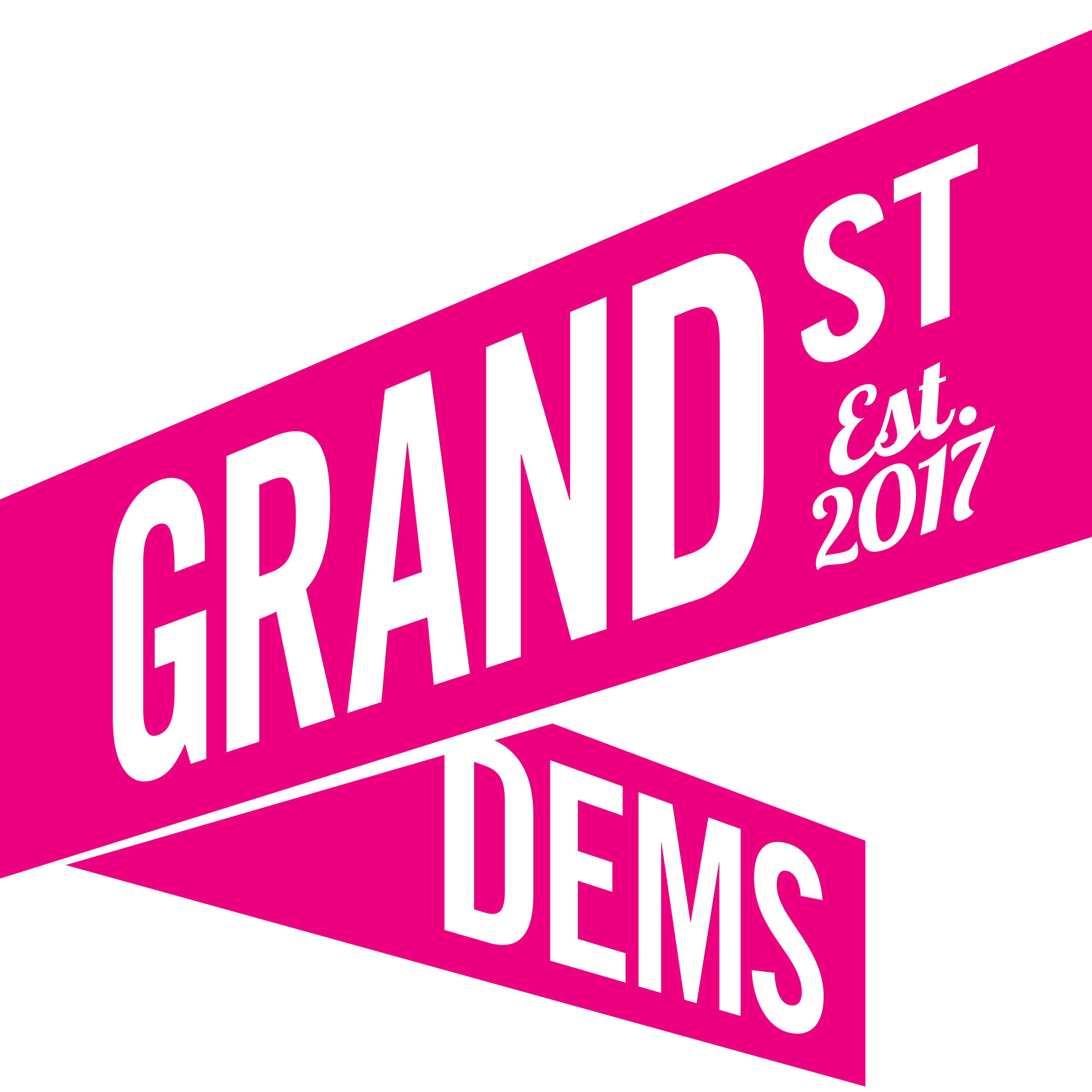This past year we’ve petitioned for District Leaders, County Committee Members, and been part of the district convention to choose a nominee for our State Senate special election. On a democracy scale of 1 to 10, where 1 is Tammany-style selection by party bosses and 10 is Quaker town-hall consensus, each of these selection procedures gets a different grade somewhere in the middle.
Learning how all that works has been like sitting through Civics 101. And with a year of elections under our belt, we’re ready for Civics 102: electing judges to the New York State Supreme Court.
The NY Supreme Court is the state’s major trial court (not the state’s highest court, which is confusingly called the Court of Appeals). Candidates for Supreme Court appear on the November general election ballot. Before that, in late September, each major party nominates judicial candidates at a party convention. And before that, delegates to that convention are selected by voters on the primary ballot on September 13.
Any New York State resident who is an enrolled member of a political party can run for judicial delegate, but generally district leaders, local political clubs, and even elected officials in each assembly district endorse a slate of delegates and help them qualify for the primary. That’s where Grand Street Democrats — and you — come in. At our May 3 spring meeting we will ask the club to endorse 2 or 3 members who are interested in being judicial delegates and alternate delegates for 2018.
The responsibilities of judicial delegates include getting to know the people running for NY Supreme Court and attending the judicial convention (likely this year between September 18-24). At the convention, delegates will cast their votes for those candidates they believe would be the best choices for the Democratic Party’s nominees in the general election.
We’d also like you to commit to getting at least 50 signatures in June on the designating petitions that you (and all candidates for party or public office) need to have to qualify for the primary. Also: you must be a member of Grand Street Democrats to be considered for our endorsement as a judicial delegate.
Please let us know if you have questions about the role. And let us know if you’re interested, so we know before May 3 how much discussion time we need to set aside. And then please prepare a resume we can share and a brief statement about why you are interested in this role.
For more information on this position and process, you can review this helpful guide from the New York City Bar Association (particularly pages 25-27): https://www2.nycbar.org/pdf/report/uploads/20072672-GuidetoJudicialSelectionMethodsinNewYork.pdf.


 Grand Street Democrats members voted this week to endorse Jenny Lam Low for re-election as female representative to the Democratic State Committee from the 65th Assembly District.
Grand Street Democrats members voted this week to endorse Jenny Lam Low for re-election as female representative to the Democratic State Committee from the 65th Assembly District.


 At last night’s regular meeting, Grand Street Democrats voted overwhelmingly in support of Brian Kavanagh’s re-election to the New York State Senate.
At last night’s regular meeting, Grand Street Democrats voted overwhelmingly in support of Brian Kavanagh’s re-election to the New York State Senate.
 At last night’s regular meeting, Grand Street Democrats voted overwhelmingly in support of Yuh-Line Niou’s re-election to the New York State Assembly.
At last night’s regular meeting, Grand Street Democrats voted overwhelmingly in support of Yuh-Line Niou’s re-election to the New York State Assembly.
 Following a
Following a 



